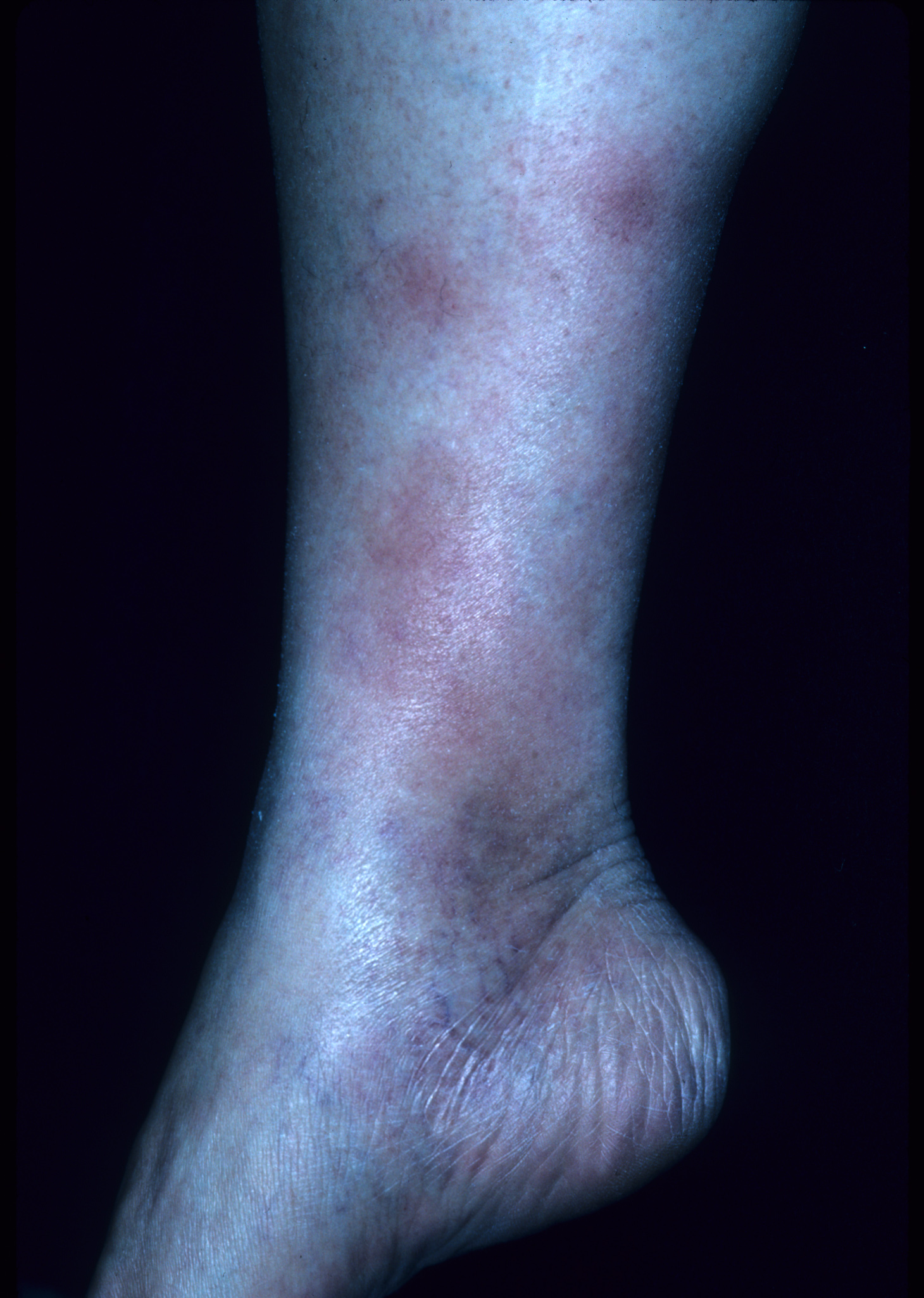Dealing with a white pimple on the inner thigh can be an uncomfortable and distressing experience. This issue often arises due to various skin conditions or infections, making it essential to understand the underlying causes and available treatments. By identifying the root cause, you can take effective steps towards relief and prevention.
Whether caused by folliculitis, boils, or other skin-related issues, these small bumps can significantly impact your daily life. Fortunately, there are numerous solutions and remedies that can help alleviate symptoms and promote healing. In this article, we will explore the top causes of white pimples on the inner thigh and provide actionable solutions for managing and preventing them.
Understanding Molluscum Contagiosum: Symptoms and Treatment
Molluscum contagiosum is a viral infection that manifests as small, pearl-like bumps on the skin. These bumps are typically harmless but can be unsightly and uncomfortable, especially when they appear on sensitive areas like the inner thighs. The virus spreads through direct contact, making it crucial to practice good hygiene and avoid sharing personal items.
The symptoms of molluscum contagiosum include round, raised lesions that may have a dimple in the center. While the condition usually resolves on its own, treatment options such as cryotherapy, curettage, or topical medications can speed up recovery. It’s important to consult a healthcare professional for proper diagnosis and management.
In addition to medical treatments, maintaining clean and dry skin can prevent the spread of the virus. Avoid scratching or picking at the bumps to reduce the risk of infection and scarring. With the right care, most cases of molluscum contagiosum resolve within a few months.
Managing Boils on the Inner Thigh
Boils on the inner thigh are painful, swollen bumps that develop due to bacterial infections in hair follicles. They often start as red, tender spots and gradually grow larger over time. Boils can be particularly bothersome in areas where skin rubs together, such as the inner thighs.
To treat boils effectively, apply warm compresses several times a day to encourage drainage and reduce pain. Over-the-counter pain relievers can also help manage discomfort. In severe cases, a doctor may need to lance and drain the boil or prescribe antibiotics to combat the infection.
Preventing boils involves keeping the skin clean and dry, wearing loose-fitting clothing, and avoiding tight garments that cause friction. Regular exfoliation can also help prevent clogged pores and reduce the likelihood of developing boils in the future.
Hidradenitis Suppurativa: A Closer Look
Hidradenitis suppurativa (HS) is a chronic inflammatory skin condition characterized by recurrent lumps and abscesses in areas where skin rubs together, such as the inner thighs. These lumps resemble large pimples or boils and can cause significant pain and discomfort.
The exact cause of HS is unknown, but factors such as genetics, hormonal imbalances, and immune system dysfunction may play a role. Early diagnosis and treatment are essential to manage symptoms and prevent complications like scarring and restricted movement.
Treatment options for HS range from topical medications and oral antibiotics to surgical interventions in severe cases. Lifestyle changes, such as maintaining a healthy weight, quitting smoking, and wearing breathable fabrics, can also improve outcomes. Working closely with a dermatologist ensures personalized care and better management of the condition.
Rashes on the Inner Thigh: Causes and Remedies
Rashes on the inner thigh can result from various factors, including eczema, contact dermatitis, chafing, heat rash, and hidradenitis suppurativa. Each cause requires a different approach to treatment, emphasizing the importance of accurate diagnosis.
Eczema and contact dermatitis often respond well to moisturizing creams and corticosteroid ointments. For rashes caused by chafing or heat, keeping the area cool and dry while wearing moisture-wicking fabrics can provide relief. In cases of HS, targeted treatments are necessary to address the underlying inflammation.
Preventive measures, such as avoiding irritants, maintaining proper hygiene, and using gentle skincare products, can minimize the risk of developing rashes. If symptoms persist or worsen, seeking medical advice is recommended to rule out more serious conditions.
Folliculitis: Breaking Down Breakouts on Legs and Thighs
Folliculitis occurs when hair follicles become infected, leading to the formation of small, pus-filled bumps that may appear white or yellow. This condition commonly affects the legs and thighs, causing irritation and discomfort. Bacterial or fungal infections are frequent culprits behind folliculitis outbreaks.
Treating folliculitis involves addressing the underlying infection with antifungal or antibiotic medications, depending on the cause. Mild cases may resolve with over-the-counter remedies, while persistent or severe cases require prescription treatments. Gentle cleansing and exfoliation can aid in clearing blocked follicles and preventing recurrence.
To minimize the risk of folliculitis, avoid tight clothing that traps sweat and bacteria against the skin. Shaving carefully with sharp razors and applying soothing aftershave lotions can also protect against irritation. By adopting these habits, you can maintain smooth, breakout-free skin on your legs and thighs.

